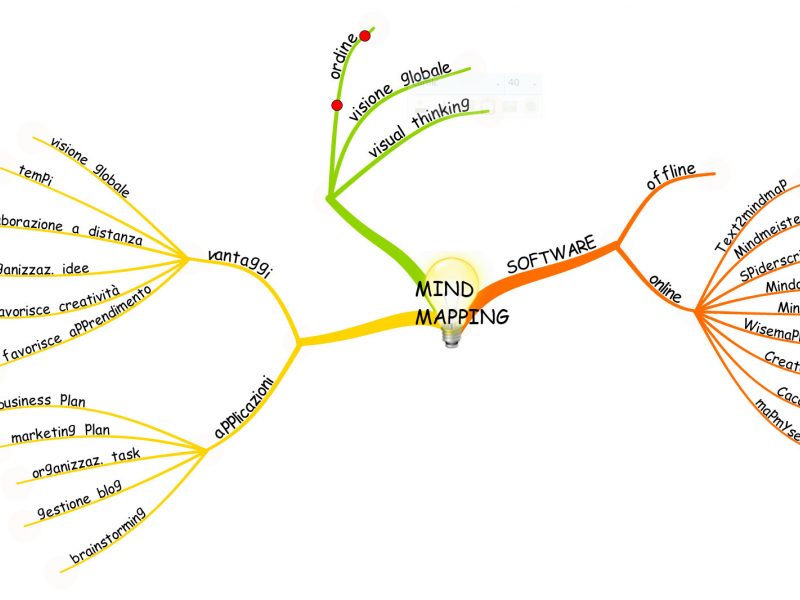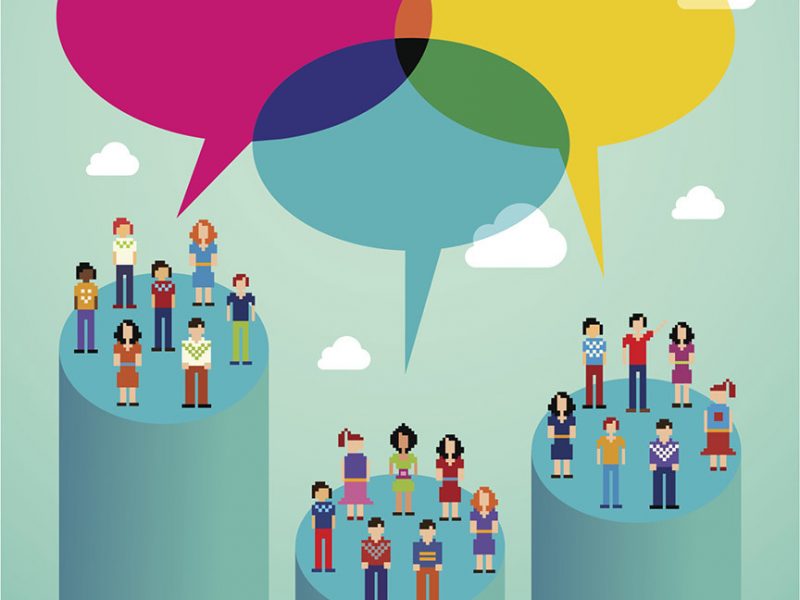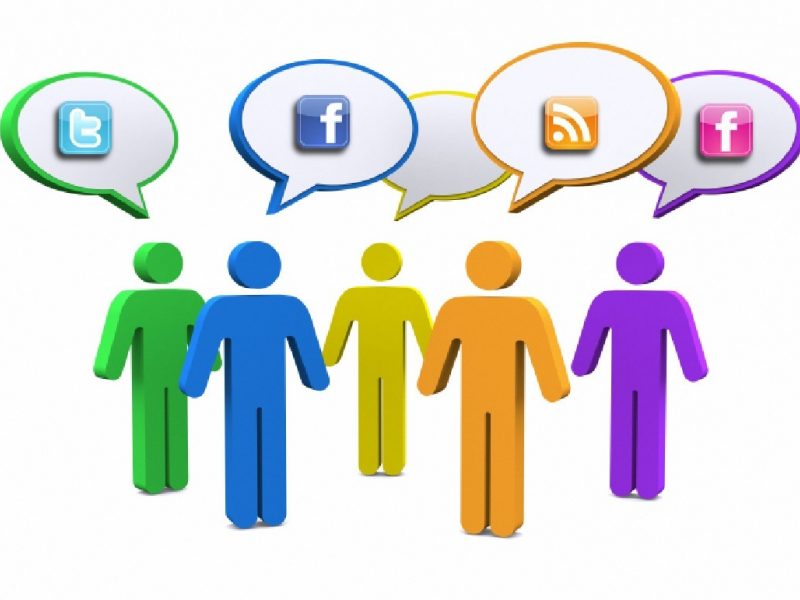Reconstruct your Network and start your Career Transition of success
You might only realise the importance of the network at a certain point in your life. And that moment could be NOW!
In this case you might need to engage in a bit of reconstruction, i.e. you might have to identify the people you know.
Below you will find a few examples of methods to
make the reconstruction of the network effective and efficient. Considering one
name at a time in an unstructured manner can be inefficient in both the reconstruction
phase and afterwards and it might even prove to be in the approach phase.
The methods that are suggested are the following:
- Use of a “mental map”
- Use of a check-list
- Use of physical and virtual communities.
Mental map
 Mental mapping for building your network
Mental mapping for building your network You can use the instrument of the “mental map” in a simplified manner to identify the people you know. The trick consists in thinking about where you met people, when you met them, why you met them, etc. i.e. find something they have in common. This will allow you to identify a significant number of people– in an empirical manner.
You might think of Silvia: if you think that you met Silvia at a refresher course and you think about the names of the other people on the same course or people you met on similar courses you won’t just have identified one person from your network - it’ll be more like 10 or 20 people. The same applies if you think about a friend at University.
The categories, groups and clusters can therefore be used to make the reconstruction of the network even more efficient.
We then have the case of a person that belongs to various categories. That doesn't matter as the key aspect is to identify the group category for the purpose of efficiently reconstructing your network!
The mechanism specified here for the mental map should also be followed for the other methods outlined below.
The check-list
 Checklist for building your network
Checklist for building your network The list of categories of people that you could get to know in a professional or personal context will give you an idea of what sources or categories you can use to define a first list of people you have contact with. You don't need to be selective in this first phase.
Only at a later stage can you attribute a
priority to your acquaintances on the basis of the objective for the use of the
network and define how they might be useful.
Physical communities
 Physical communities for building your network
Physical communities for building your network - Condominium
- Church
- Kids’ school
- Gym, swimming pool, club, etc
- Trade association (e.g. Association of Engineers, ADACI, APCO, AIDP, AIF)
- Professional refresher institutions (e.g. CFMT)
- Network of women (e.g. PWA)
- Alumni (e.g. BAA)
- Trade unions (e.g. ManagerItalia, ALDAI, CISL)
- Congresses (e.g. CIO Summit)
- Specialist trade fairs (e.g. SMAU, Franchising Fair)
- ....
Virtual communities
 Virtual communities for building your network
Virtual communities for building your network - BNI
- PWA, EPWN
- Hubdot
- ....
